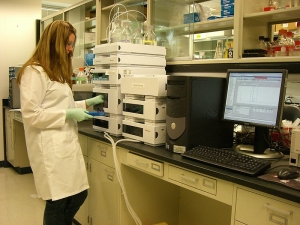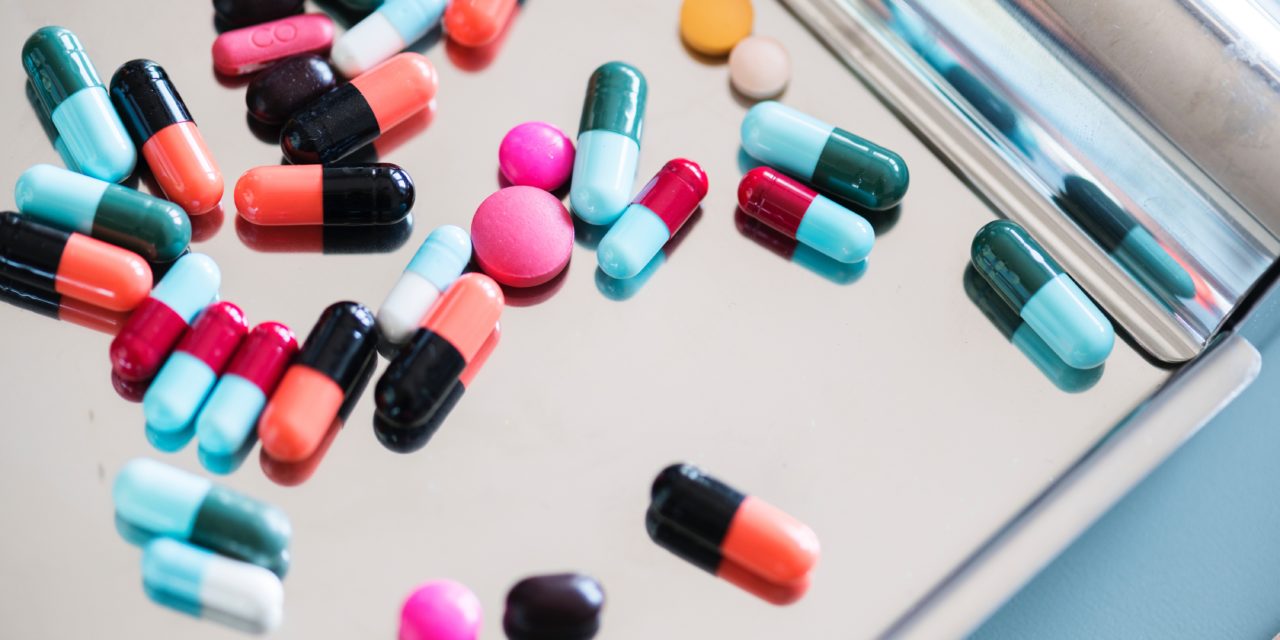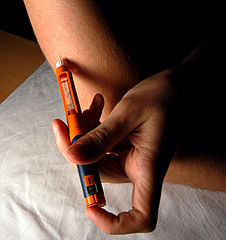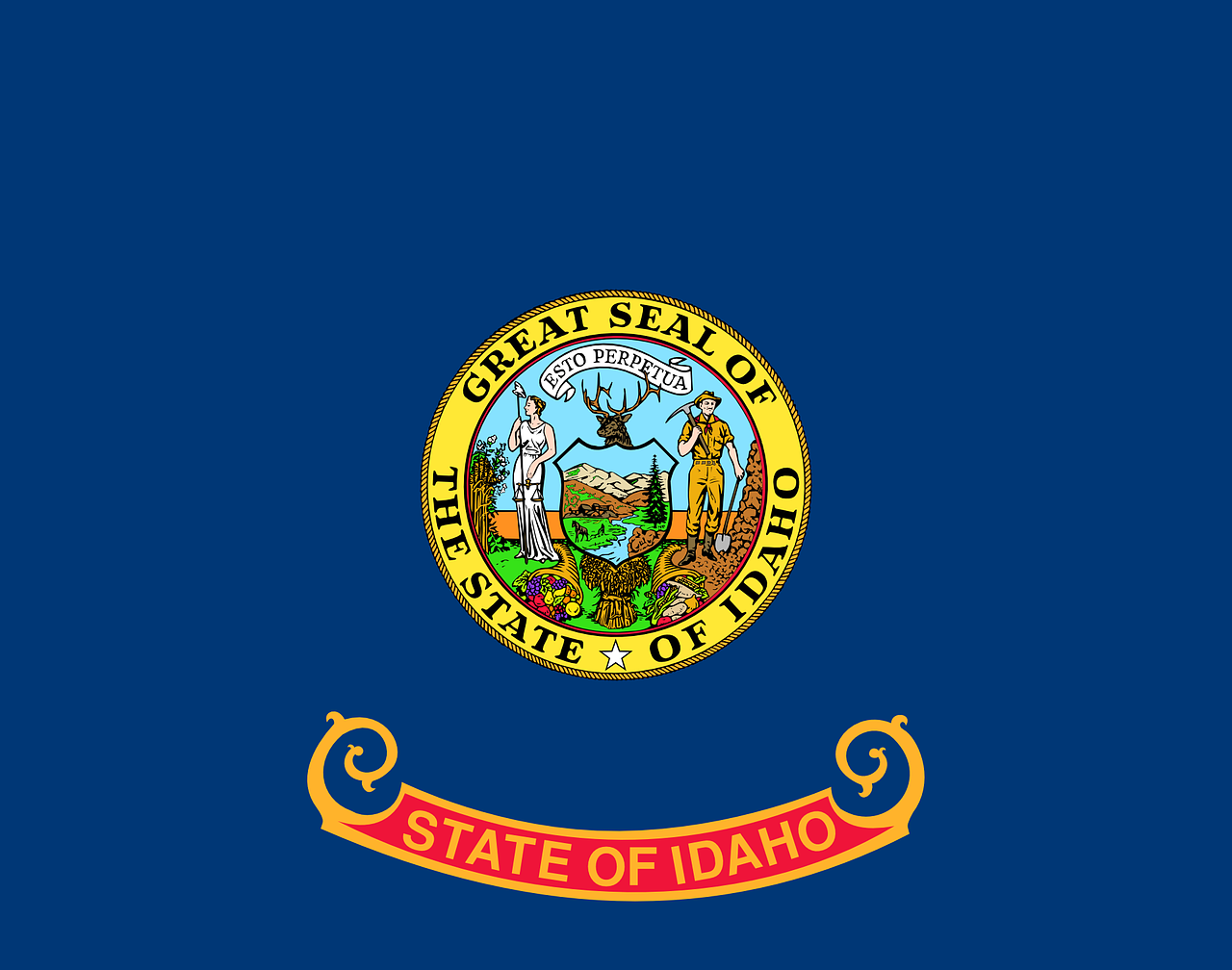
Drug development firm Icos Laboratories courtesy of JW, CC BY-SA 3.0.
Drug royalties are the royalties paid primarily by pharmaceutical companies to academic institutions, scientists, and development stage biotechnology companies for the intellectual property (IP) produced by new drug development. It is important to note that multiple royalties can be paid on one drug to originators of the various patents that brought that drug to market over the course of its development. Collaborative efforts may also result in co-ownership of IP, which is often the case in a university environment.
In recent years, tens of billions of dollars have been raised by private equity firms to invest in drug royalties by acquiring them from the holders of the IP, billions of dollars of transactions occur each year involving the purchase and sale of drug royalties, and a market that was at one time inefficient has grown increasingly more efficient. That marketplace will be the subject of another blogpost here. The objective of this blogpost is to summarize how drug royalties are valued so that technology transfer managers, biotechnology companies, and individual holders, such as scientists, can assess the valuation of their holdings.
Two components are key to a drug royalty valuation: (1) the forecast for the drug, and (2) the discount rate at which the royalties are to be valued. The forecast is critical because virtually all royalties are paid off of the revenues of the drug—the higher the drug sales, the higher the royalties. Sometimes milestone payments will be made based on achievement of certain sales thresholds in addition to the royalties. Because ownership of a royalty is a passive investment or holding (that is, the holder cannot effect changes in the royalty’s performance), establishing a baseline drug forecast is essential to understanding the royalty’s value.
Drug Forecast
If the drug is well-known and the company marketing the drug is public, equity research analysts may follow the company and publish reports with forecasts of the drug’s prospective performance. If not, you would need to understand the following factors to produce a forecast:
- The therapeutic benefits of the underlying drug
- The incidence and prevalence of the disease the drug treats
- The competitive environment for the drug (are there other drugs now or in the future that treat the same condition?)
- The intellectual property profile of the drug
This last element is particularly important because expiration of the IP on a drug is typically co-terminus with the expiration of the licensing agreement, and successful ligation against the IP during the royalty stream can render it worthless (e.g., if a review of the underlying patent finds it to be an obvious extension of a previous patent).
The forecast needs to reflect the geographies in which the royalties are being paid. For example, if royalties are being valued in the United States and in Europe, forecasts will need to be developed for both markets.
In its simplest characterization, the forecast represents the dollar sales of the drug over the duration of the intellectual property. Those sales are generated based on how many patients are affected by an illness that the drug treats, and what percentage of those afflicted patients will use the drug versus using a competitor’s drug or going untreated.
Discount Rate
The discount rate is the second key part of the analysis of royalty valuation; it is applied to each period of royalty payment in a simple discounted cash flow model. Drug royalties are typically paid semi-annually. Unlike other valuations, terminal values are assumed to be zero in royalty monetizations because royalty payments typically cease when the underlying IP expires.
The valuation of the cash flows depends on the discount rate applied. The following factors can contribute to a higher discount rate (which results in a lower valuation):
- Stage of development – drugs that have not yet been approved by the U.S. Food and Drug Administration (FDA) carry far higher discount rates than drugs that have been approved by the FDA because the approval risk has been mitigated.
- Class of drugs – certain categories of drugs are simply more price competitive. Pharmacy benefit managers (PBMs) may switch patients to off-patent medications where possible.
- Potential patent infringement litigation – it is sometimes difficult to predict the potential for patent problems, but insights can be gained through IP research.
The following factors can contribute to a lower discount rate (which results in a higher valuation):
- IP and non-IP barriers to entry – some biotechnology drugs are extraordinarily complex to manufacture and have high capital intensity in manufacturing.
- Orphan drug status – the FDA grants a period of exclusivity to companies that pursue development of drugs that treat rarer conditions.
- A demonstrated period of commercialization – as a general rule of thumb in the pharmaceutical and biotechnology industry, drugs are considered substantially “de-risked” 18 to 24 months after launch date. That doesn’t mean the drug will be successful, but its trajectory will be much more predictable.
The combination of forecasting scenarios and discount rates will result in a range of valuations. As a general matter, conducting intellectual property diligence with a qualified law firm is “mission critical” because the IP underpins the entire forecast—put another way, early impairment of IP results in loss of the entire royalty revenue stream in subsequent years, and assuming the forecast was upward trending, a loss in most of the value. From an economics standpoint, these models are most sensitive to the price assumptions for the drug followed by utilization.







Recent Comments